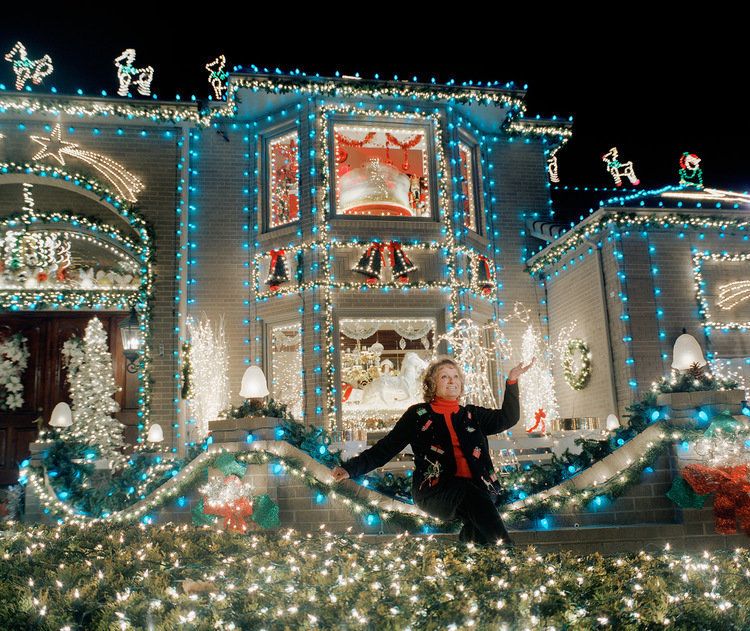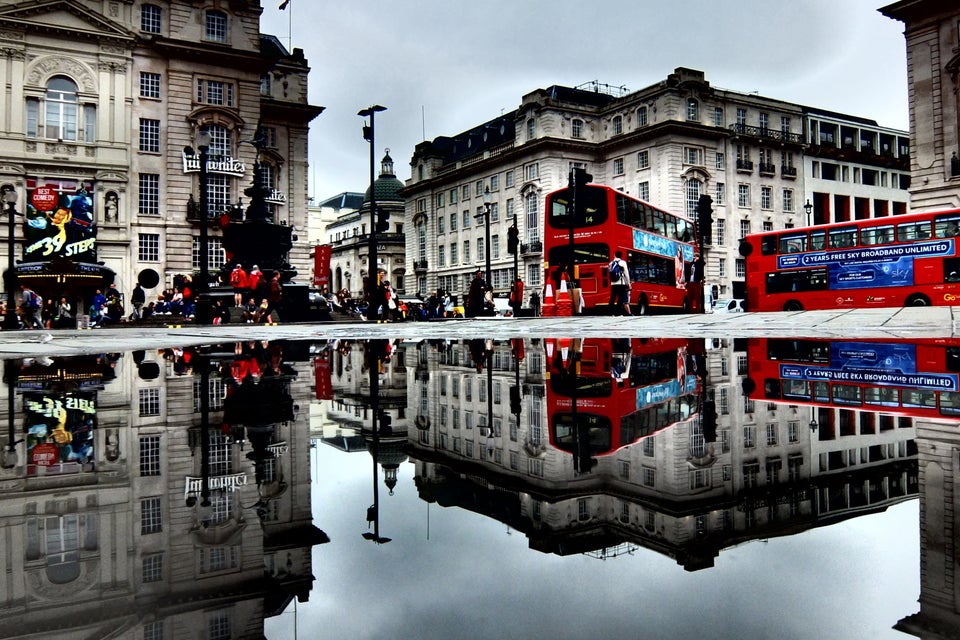In Sioux Falls, South Dakota, where photographer Danelle Manthey grew up, holiday decorations were less a festive tradition and more a competitive sport. Each year, her family drove through nearby neighborhoods to witness homes covered in faux-snow and bright lights, no shrub or rain pipe exempt from the glowing glee.
Sioux Falls isn’t the only suburban spot with light-frenzied residents. As a 2012 Wired article estimates, Americans spend roughly $233 million each year on electricity to power holiday displays.
But ornate holiday decor isn’t for everyone. Strings of lights inspire nothing but frustration for some. And while nonsecular homeowners and those practicing religions other than Christianity aren’t decoration-averse, the most decadent displays seem to be Christmas-centric.
"Personally, I would have rather stayed home and opened presents,” Manthey writes on her site. "One year when I was visiting my family as an adult, my sister and I were wedged in the back of my father’s car when she suggested I photograph the lights. I responded that I’d be more interested in the people who decorate their homes than the decorations.”

That's when it occurred to her: getting to know the people constructing extravagant light displays might help her better understand the meaning behind the time-consuming practice so many Christmas celebrators partake in.
So, Manthey started taking portraits of the extravagant display-makers in Sioux Falls, and eventually took her project to 12 states, getting to know her subjects inside of their homes after snapping shots of them amid the controlled chaos of their holiday lights.
“It never ceased to amaze me that I was allowed into their homes to photograph them and their families when they had never met me before,” Manthey wrote, emphasizing that in many cases the lighted homes serve as community centers, and sites of social events and donation drives.
For this reason, and the lack of formal training on the part of the creators, she attributes the craft to the broader practice of folk art.
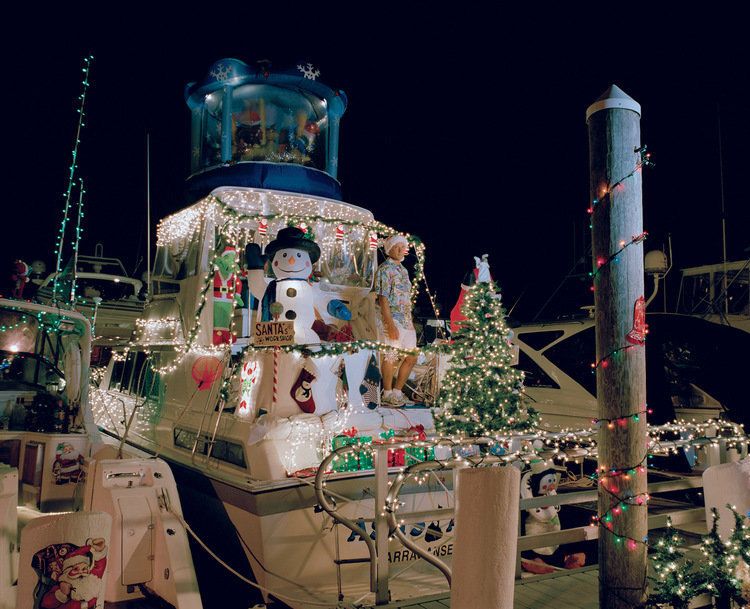
“The majority of the people that I met along the way are more working class people who would not consider themselves artists but are still compelled to display this pageantry for their communities,” Manthey told The Huffington Post. “With the lights’ bold colors and traditional themes we can see these parallels even more.”
Manthey mentioned that she selects subjects whose displays have a regional flair or include homemade decorations. When it comes to unique, photograph-able decorations, Manthey doesn’t think bigger is necessarily better. One light aficionado, for example, embraced his Mississippi roots by creating a river-like pool of blue lights and an accompanying paddleboat.
“I think when most people see these displays they write them off as gaudy or tacky,” Manthey said. “But I think with a little deeper understating of why these people create, people that view the photos and read the stories might have a better appreciation for what my subjects are trying to do.”
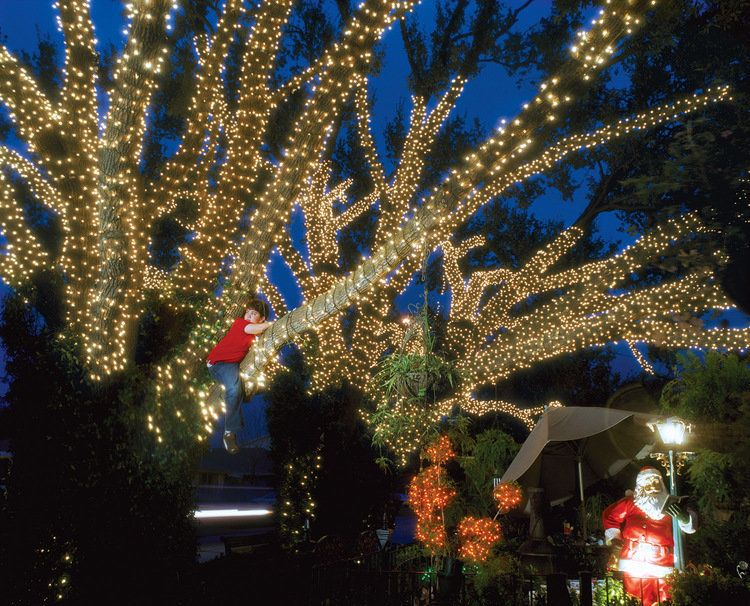


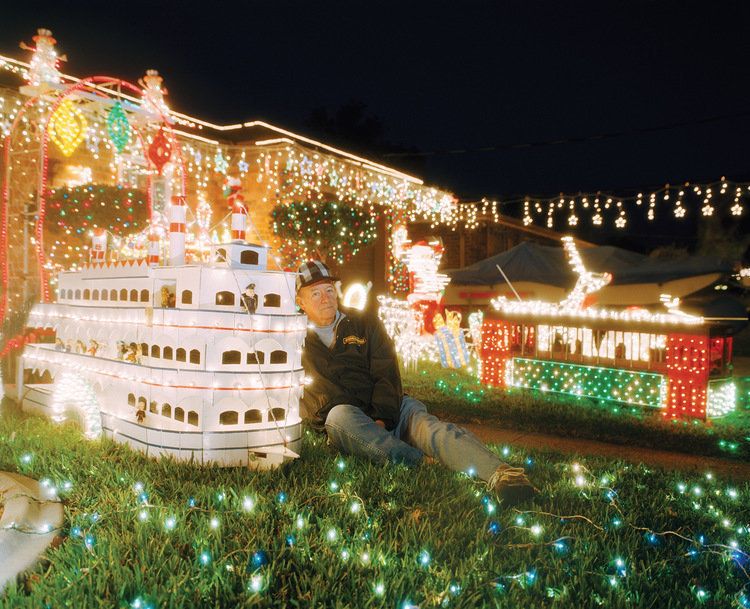

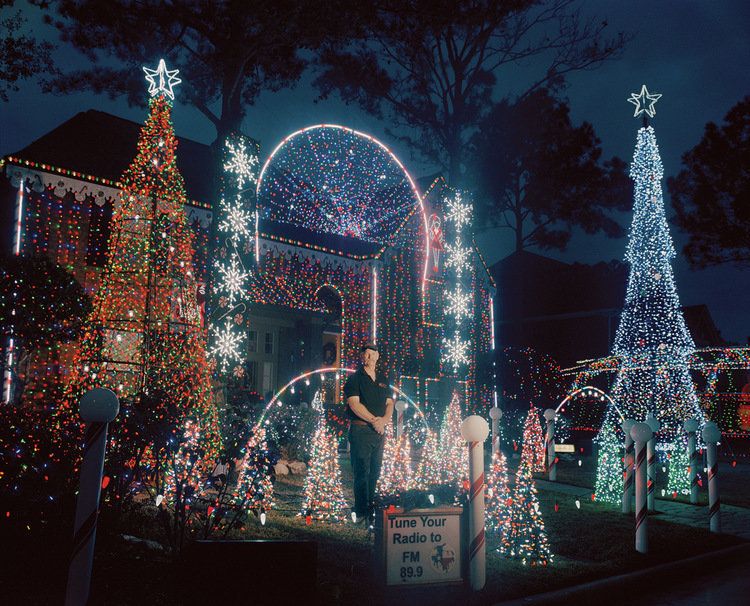

Also on HuffPost:
